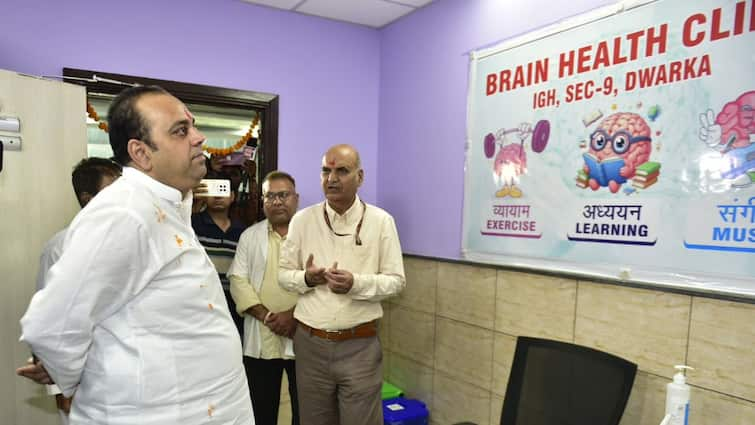AI in Healthcare: Balancing Transparency with Risk - A Debate Among Health Tech Leaders

The rapid integration of Artificial Intelligence (AI) into healthcare is revolutionising diagnostics, treatment, and patient care. However, the governance of this powerful technology remains a complex and hotly debated topic. At a recent Newsweek event, leading figures in the health tech sector explored the delicate balance between fostering transparency through a public AI registry and mitigating the potential risks that such openness could entail.
The core of the discussion centred around the concept of a public registry – a centralised database detailing AI algorithms used in healthcare, their intended purpose, performance metrics, and potential biases. Proponents argue that such a registry would increase accountability, allow for independent scrutiny, and ultimately build public trust in AI-driven healthcare solutions. Transparency, they contend, is crucial for identifying and addressing potential issues before they impact patients.
“The goal isn't to stifle innovation,” explained Dr. Eleanor Vance, CEO of InnovaHealth AI. “It’s to create a framework that allows us to responsibly deploy AI, ensuring it’s safe, effective, and equitable for all Australians.” She highlighted the importance of clear documentation and ongoing monitoring to detect and correct biases that could disproportionately affect certain patient populations.
However, the idea of a public AI registry isn't without its critics. Concerns were raised about the potential for competitive disadvantage, as detailed information about proprietary algorithms could be exploited by rivals. Security risks were also a major consideration. Making sensitive data about AI systems publicly available could make them vulnerable to malicious actors seeking to manipulate or sabotage healthcare operations. Furthermore, the complexity of AI algorithms means that a layperson might misinterpret the information in a registry, leading to unnecessary fear or distrust.
“We need to be mindful of the potential for ‘gaming’ the system,” cautioned Mark Olsen, CTO of MedTech Solutions. “If companies feel pressured to disclose everything, they might be less inclined to invest in truly innovative AI research. We also need to ensure that the registry is managed securely and that the information is presented in a way that’s understandable to both experts and the general public.”
The debate also touched upon the role of regulatory bodies like the Therapeutic Goods Administration (TGA) and the Australian Department of Health in overseeing AI in healthcare. While some advocated for a proactive regulatory approach, others stressed the need for a flexible framework that can adapt to the rapidly evolving nature of AI technology.
Ultimately, the discussion underscored the need for a collaborative approach involving all stakeholders – health tech companies, clinicians, regulators, patients, and the public – to develop a robust and ethical framework for AI governance in healthcare. Finding the right balance between transparency and risk mitigation will be crucial for unlocking the transformative potential of AI while safeguarding patient safety and public trust. The conversation is far from over, and further dialogue and refinement of these approaches will be essential as AI continues to reshape the Australian healthcare landscape.






